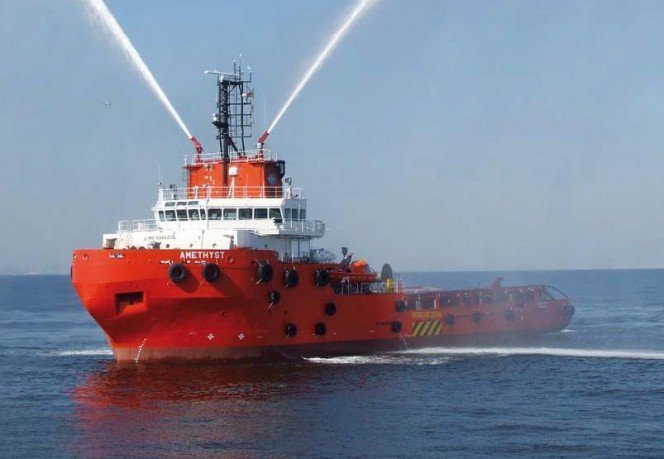Are we kidding? What is really happening in the offshore marine market?

When reading the proliferation of magazines and news sites, one gets caught up in the volume of news affecting the state of the shipping and maritime sector in general. It could be said that there is a degree of confusion as to what is really happening in this sector, particularly the state of the shipbuilding / OSV market in terms of capacity and availability of key assets.
Headlines such as Huake Wushou Offshore ordering two new rigs; Otto Marine wins newbuild contract out of Indonesia and so on suggest an upside in the sector. These are good news stories, and deserve mention, but they also mask what is happening. They are counter-intuitive to headlines that read as follows: Petrobras Cancels Havila OSV charter; Petronas Delays Second FLNG and so on.
I think that it is human nature that we tend to focus on the positive and in all likelihood cling to any good news to show that our sector is immune from the current malaise or as us Aussies would say – “she’ll be alright”. So what is the current situation in the offshore oil and gas marine service sector?
The following indicators suggest that it is in dire shape and that the headwinds are getting stronger:
· Moody’s has downgraded six major offshore rig providers (Ensco, Diamond , Transocean, etc) as they see oversupply and cutbacks in capex and opex by majors;
· Global offshore spend is set to decline significantly, with the big impacts being Western Europe (19%), SE Asia (17%), US (20%);
· The majors are cutting back capex, with ExxonMobil down (20%), Conoco Philips (30%), BP (16%), Chevron (12%);
· Of the 433 odd existing rigs, only 58% (250) are under contract;
· There are 183 idle jack-ups, 56 of which are cold stacked;
· The two most impacted areas are the shallow waters of the GOM (31% decline in rig utilisation) and SE Asia (38% decline);
· Average charter rates are down, between 20% and 40% – in the jack-up market beyond 375 ft rates are down by as much as 38%;
· Of the 97 jack-ups under construction, only 11 have contracts and more importantly, 63 have had delivery dates extended;
· BW Offshore cutting staff levels by 35%;
· General charter rates in the OSV markets have fallen by 27% since January 2015;
· Only 96 offshore fields discovered globally in 2015, down 19% on 2014;
· Only 68 offshore fields started in 2015, down by 41% on 2014;
· The OSV market has declined by 11% between 2014 to end-2015;
· The oversupply of OSV vessels with 198 new vessels expected to enter the market.
So what does 2016 look like?
We can also expect to see a number of mergers and acquisitions taking place in the first half of 2016, particularly as companies move to consolidate their cash positions and try and improve their liquidity profile. Companies will have to re-evaluate their order backlogs and asset values as banks and fund managers try and ascertain the real value of a company. Currently it can be argued that these elements are overstated. This process has begun with a number of companies having to report impairment charges to their balance sheets, some of which have taken companies over the lending comfort criteria particularly when one looks at the debt / equity ratios and leverage levels.
We can also expect to see an escalation of scrapping and lay-ups with an expectation of 340 AHTSs and 254 PSVs being laid up. This will bring into question the benefits / costs of cold vs warm stacking as companies seek to reduce operating expenses.
In conclusion, the market faces significant headwinds and we can expect to see many current operators exit the market. Those that can consolidate their balance sheets reduce working capital will survive and possibly pick up some bargain purchases. Companies with strong management teams that have sound judgement will thrive, but these are few and far between.

Thank you for your article. I was also wondering what is really happening in the industry, as on the one side you get all the positive news, on the other side the negative side. I also agree that they positive is masking the negative.
Great post. A really good and succinct snapshot of what happens in the industry. Thanks for sharing.